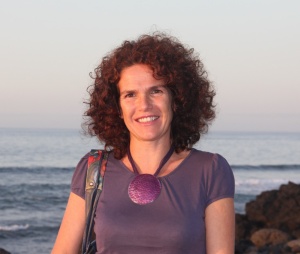Linhares, D., Garcia, P., Pimentel, A., Gaspar, D. & Rodrigues, A.S. (2024) Using cattle hair to assess exposure to essential trace elements in volcanic soils.
Journal of Trace Elements In Medicine and Biology,
81, 127345. DOI:10.1016/j.jtemb.2023.127345 (IF2022 3,5; Q3 Biochemistry & Molecular Biology)
Background
In areas where cattle graze outdoors, the environmental availability of trace elements is of utmost importance for an adequate intake. Cattle hair trace elements can be used as exposure biomarkers to assess animal intake and help ensure good nutrition and animal welfare. The aim of this study was to evaluate the environmental exposure to trace elements in cattle grazing outdoors in a volcanic region (São Miguel Island, Azores) and assess the corresponding bioaccumulation factors.
Methods
Twenty-nine samples of pasture topsoil were collected in two areas of São Miguel with different geological characteristics: Picos fissure system (basaltic area) and Povoação volcano (trachytic area). Hair from fifty-four animals (calves and dairy cows) was collected in two grazing sites: Ponta Delgada (Picos fissure system) and Povoação (Povoação volcano). All samples were analysed by inductively coupled plasma mass spectrometry (ICP-MS) after digestion in aqua regia.
Results
Basaltic soils of the Picos fissure system had significantly higher concentrations of most trace elements, except Mo, when compared with the trachytic soils of Povoação volcano. Hair of calves from Povoação showed higher concentrations of most essential trace elements, except Mg, Cu, and Zn, than hair from calves of Ponta Delgada (considered in this study as a control group since they are raised in a barn). On the other hand, hair from dairy cows grazing in Ponta Delgada showed higher concentrations of most essential trace elements, except Mg, As, and Mo, when compared with hair of cows grazing in Povoação.
Conclusions
Cattle hair trace elements are suitable biomarkers for the assessment of the environmental exposure to trace elements in volcanic soils. The results from dairy cows support the uneven distribution of essential trace elements (and their bioavailability) in the different soils of São Miguel, reinforcing the need to graze animals outdoors from an early age. Such practice (grazing cattle outdoors) provides another means of accessing essential trace elements that complemented with feed can reduce the natural depletion of these essential elements in the body due to reproductive phenomena and milk production.

